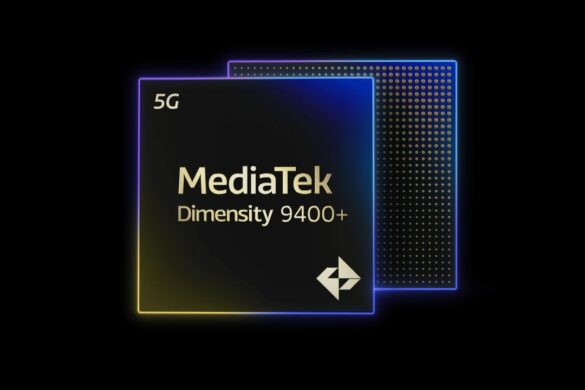Virtual reality is one of the most demanding things that a PC can run. However, Oculus has a new piece of technology that the company says is capable of lowering the barrier of entry into VR.
At the Oculus Connect event held earlier today, Oculus CEO Brendan Iribe announces the “asynchronous spacewarp” technology. Built into the Oculus API, Iribe mentions that this tech would allow games to run at an internal 45 frames oer second while still providing a smooth 90 frames per second to the headset. This tech works by taking two previous frames generated by software, analyzes the difference, and calculates a spatial transformation that can generate a “synthetic frame” based on current head translation and movement.
Prior to the introduction of asynchronous spacewarp, the Oculus Rift has a minimum PC specification that inclues an Intel i5-4590 processor and a Nvidia GTX 970 or equivalent graphics card. With asynchronous spacewarp, Oculus has updated the minimum requirements, with the processor being bumped down to a Intel i3-6100 or AMD FX4350 processor and an Nvidia 960 graphics card or equivalent graphics card.
While asynchronous spacewarp allows for lower powered PCs to handle VR, Iribe has made it clear that this synthetic frame rate system is not a replacement for native 90hz rendering. If you want the optimal Oculus Rift experience, you’re still going to have to build a decently powerful PC.
Source: Ars Technica





